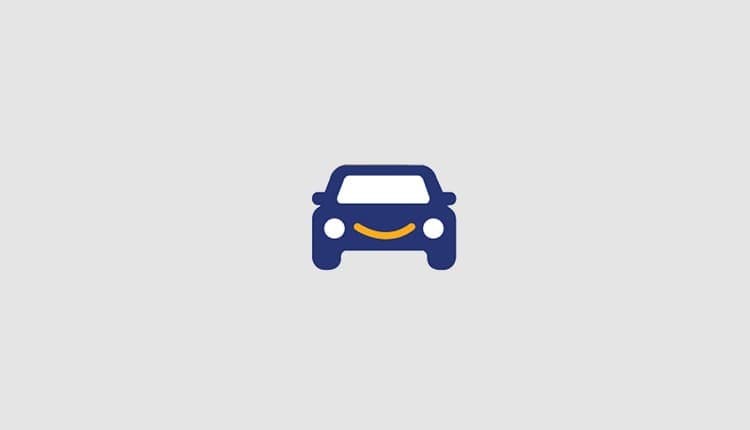

How to Switch Auto Insurance
Switching auto insurance providers is easier than you think.
Compare quotes from top providers

When you make a purchase, especially a big purchase, you probably shop around a few different options to find the best price. But with auto insurance, applying for multiple policies with multiple companies could get time-consuming. Plus, you won’t necessarily find lower rates, so it could all be for naught. Is switching auto insurance worth the hassle? If you want to switch, we’ll show you how.
How to Switch Auto Insurance
Switching auto insurance could save you money, but it may require a bit of research. Here’s how to switch your car insurance in five easy steps:
- Decide on coverages. First, find out the minimum auto insurance requirements in your state in our auto insurance guide. Then, decide if you want minimum coverage only or supplemental coverage that your state doesn’t legally require. You can add on supplemental coverages like rental car coverage. Check out our coverage options guide to learn more.
- Choose a new provider. Next, compare car insurance companies’ quotes from multiple providers. Fortunately, we provide free car insurance quotes, which make it easy to compare car insurance rates, products, and services from multiple companies. Be sure to factor in partnerships with accounts you already have. American Express, for example, offers car rental loss and damage insurance with its credit cards,1 so keep that in mind while comparing quotes.
- Pay for your new policy. If you decide to switch providers, pay for your new policy before you cancel your old one. It might seem strange to have two policies active at once, but lapses in coverage could mean paying out of pocket for vandalism, theft, or a car accident. In short, it’s best to avoid a lapse in coverage when switching car insurance companies.
- Cancel your old policy. Once you’ve paid for your new policy, cancel your previous auto insurance policy. Of course, you should research the car insurance cancellation/nonrenewal policy and learn how to cancel your auto insurance, or have your new provider do it for you, if that’s an option.
- Print your new ID cards. Make sure to print your new insurance identification card and keep it on you in case you get stopped or need to file a police report. You may be able to use physical or digital proof of insurance, however, depending on what state you live in.2
GOOD IDEA
Instead of canceling your old policy yourself, ask your new provider if they can do it for you.
Why Switch Auto Insurance Companies?
You may be wondering why someone would go to the trouble of switching auto insurance companies in the first place. These are some of the many possible reasons:
- You want to save money. Switching providers could lower the cost of your auto insurance by tens, hundreds, or thousands of dollars in some cases.
- You want better customer service. Not every company has the same level of customer service. For example, California’s Wawanesa had the highest customer satisfaction rating in 2020, while Texas Farm Bureau was No. 11.3 While the bottom line clearly matters, so does reliable and helpful customer service.
- You moved states. Some providers are only available in certain states. If you moved states and your current policy doesn’t apply in your new state, you’ll need to change providers.
- You added someone to your policy. Adding a spouse or a teen to your policy may cause your rates to shoot up, so switching policies could take your premiums back down.
- You need more coverage. Some insurance providers don’t provide certain coverages. If you’re looking for more niche coverage, like classic car coverage, you may need a different insurance provider.
- You want to bundle insurance. You can save money by bundling insurance policies, so if you just purchased life insurance with another provider, you may want to switch your auto insurance policy over to the same provider to unlock discounts.
NOTE
Personal auto insurance coverage doesn’t include commercial driving. If you’re an Uber or Lyft driver, you’ll need to find a provider that offers ride-sharing coverage.
When to Switch Auto Insurance Companies
Of course, there’s a time and place for everything, and certain times may be more opportune to switch insurance providers than others.
When to Switch
You should switch providers in these cases:
- You feel like you’re not getting the best rates and/or customer service.
- You move to a new state.
- You have an open claim, as it can easily transfer to your new provider.
- You need to add someone to your policy.
- Your credit score has improved, as this could make you eligible for lower rates.
When Not to Switch
You shouldn’t switch providers in these cases:
- You don’t have time to research auto insurance companies.
- There will be a gap in coverage.
- You are satisfied with your current rates and customer service.
Recap
Switching auto insurance providers is worth it if it could save you money or get you superior customer service. Learn more about how to find cheap car insurance companies and the best auto insurance on the market, from Allstate to State Farm. For even more information, read our auto insurance FAQs.
Citations
Car Rental Loss and Damage Insurance. American Express. (2022).
https://www.americanexpress.com/us/credit-cards/features-benefits/policies/car-rental-loss-and-damage-insurance-terms.htmlSwitching Your Car Insurance In Four Steps. Allstate. (2020, Jul).
https://www.allstate.com/tr/car-insurance/switching-car-insurance.aspxAuto Insurance Customer Satisfaction Stalls Despite $18 Billion in Premium Relief, J.D. Power Finds. J.D. Power. (2021, Jun).
https://www.jdpower.com/business/press-releases/2021-us-auto-insurance-study
